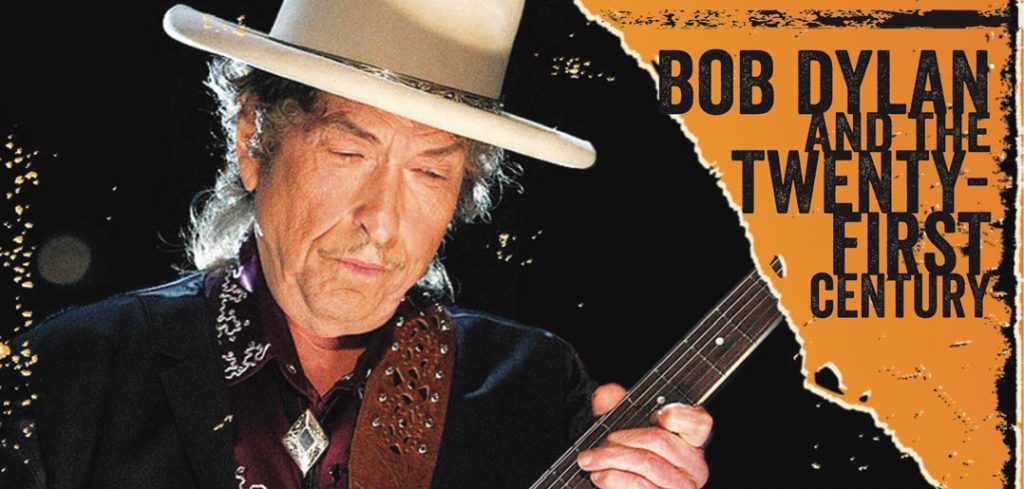Nina Goss said she was just 50 pages into Chronicles: Volume One, Bob Dylan’s 2004 memoir, when, putting down the book, she delved into playing the musician’s early releases. It was her first sustained and serious foray into Dylan’s music. That was in 2005.
Within a year, Goss, who teaches writing and cultural studies in Fordham’s School for Professional and Continuing Studies’ College at 60 program, had embarked on an immersive and impassioned academic journey through Dylan’s oeuvre.
The result is a recent volume of essays she has co-edited and contributed to,Tearing the World Apart: Bob Dylan and the Twenty-First Century (University Press of Mississippi, 2017). Goss said the collection considers the Nobel laureate’s releases since 2001 as a singular and exceptionally fertile phase in his more than five-decade songwriting career. The essays pay particular attention to the records “Love and Theft” (2001), Modern Times (2006), Together Through Life and Tempest (2012), as well as the film Masked and Anonymous (2003), co-written and co-starring Dylan.
“The later work has an inherent and inexhaustible value to it, not just in the shadow of the ‘60s stuff,” Goss said. Giving it its due, she said, is her “great crusade.”
“The gravitas, the strangeness, and the innovation of his later work is what, to me, is a greatness that I want addressed,” said Goss.
Dylan, Kierkegaard, and Shakespeare
She and her co-editor, Eric Hoffman, a poet and essayist who conceived the book’s focus, had no trouble enlisting contributors, she said. Among the 11 essay subjects are an American scholar’s juxtaposition of Dylan and the Danish philosopher and theologian Søren Kierkegaard; a fresh look by an Italian film studies scholar at Masked and Anonymous; and an exploration of the connections between Shakespeare’s The Tempest and Dylan’s similarly titled release.
Goss’ own contributed essay uses “Love and Theft” and Modern Times to illustrate Dylan’s significance independent of his early work.
She said the book’s variety of approaches to Dylan—in this case his more recent work—is “exemplary” of how writers, be they soberly academic or on the nonsensical fringe, have engaged with him.
“Each one of the writers in the book is writing so energetically and vigorously and closely from their context, their interest and their background,” said Goss, who also co-edited Dylan at Play (2011) and founded the Dylan studies journal Montague Street. “And each one unfolds a different vision and a different context for Dylan’s work.”
The so-called “Millennial Dylan,” Goss said, is robust and restless, fervent and fecund.
“I want him to enter that world of artists . . . whose consciousness of themselves and their relation to the world is as fine-grained in age as it was in youth,” she said. “And that’s something he has to teach us.”
–Rich Khavkine


